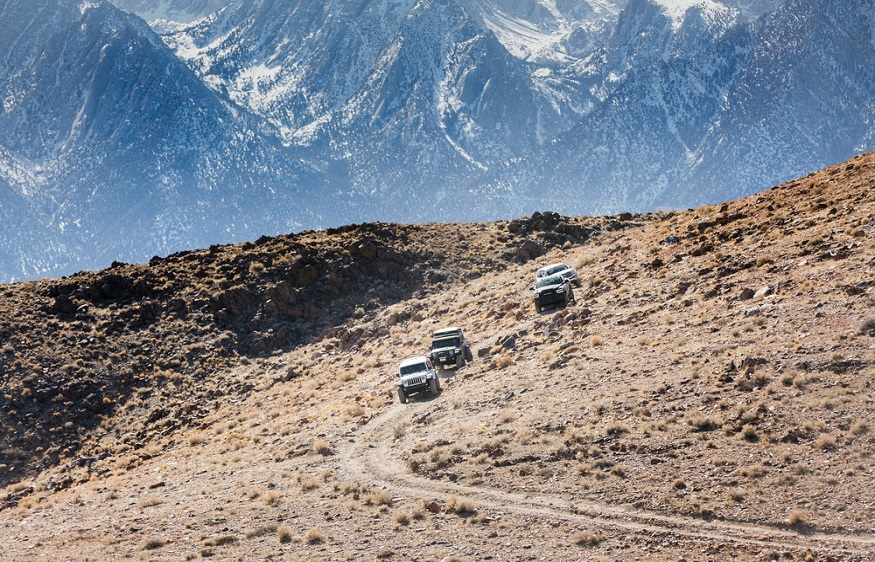We might call it “recreational survival” but there is no doubt that there is a distinct group of people who simply enjoy putting themselves in situations that approximate to life-or-death survival. This is the thrill behind such activities as survival camping – where participants forage or hunt their own food and navigate only with compass – as well as all sorts of dangerous mountaineering expeditions. There’s a certain section of humanity that just relishes staring demise in the face.
It might seem incorrect to put overlanding into this category. This activity, which involves driving for miles and days over all terrains in a special off-road overlanding vehicle, does include one element which would preclude it as a survival sport – you have a vehicle, and you have supplies.
Indeed, overlanding is all about covering terrain in your car. It is unlikely you’ll find yourself foraging for food or doing any of the other things which is normally associated with survival sports.
Nevertheless, you do have to navigate yourself, you need to know how to work your way out of all sorts of sticky situations and, ultimately, there is a definite risk involved. When you go overlanding, you risk, quite simply, getting stuck. This is undoubtedly a survival situation if where you get stuck is not within range of food and/or medical care.
Preparing
However, unlike other survival sports, the goal is to avoid getting into these types of situations. The risk is part of the experience, but you would take active steps to avoid it. This differs from survival camping, for example, where some deliberately do not bring food.
But how do overlanders prepare for disaster? The majority of this comes down to the vehicle itself. Overlanding usually makes use of a large 4×4 vehicle augmented with extra features, most usually in the form of armor and protection for the vehicle and tire features to tackle tough terrain. But there are also a range of extra things you might bring with you, either stuck in the trunk or fixed to the roof with truck tie down straps or buckle straps.
These things can be bikes or canoes for some activities along the way, or they could be thermal tents or other accommodation solutions if you expect to overland through cold weather in which simply sleeping in the car does not offer the best solution.
Generally, overlanding is prepared for by bringing all the gear you could conceivably need – or as close to that as is possible. Cargo transport experts Rollercam, creators of the innovative RopeRoller rope cam product, also advise that ensuring all that gear doesn’t go flying all over the road is just as important.
Overlanding Survival Tips
So, all of that said, here follows some brief overlanding “survival” tips:
Plan Your Route
Knowing where you are going before you go there is important for overlanding. If you are to be driving through a particularly remote area, you will want to take care that it isn’t here that you break down. Careful driving where it is necessary is something you should plan before you set off.
Stay Alert
Some advice often given to all drivers applies here – when you feel tired, pull over and have a nap. There are all sorts of unexpected dangers on the road that you need to react to fast and there are many more on the overlanding trail.
Pack Enough Sustenance
This doesn’t just mean packing enough food at the outset, it also means factoring in replenishment stops along your route, where you can top up on your supplies.
Whether you consider it a survival sport or not is actually immaterial, overlanding can be plenty dangerous, and you should prepare to survive.



